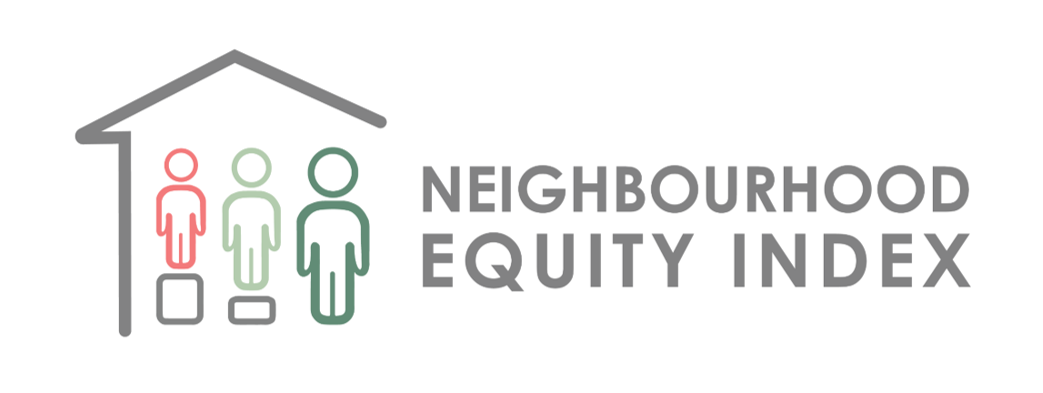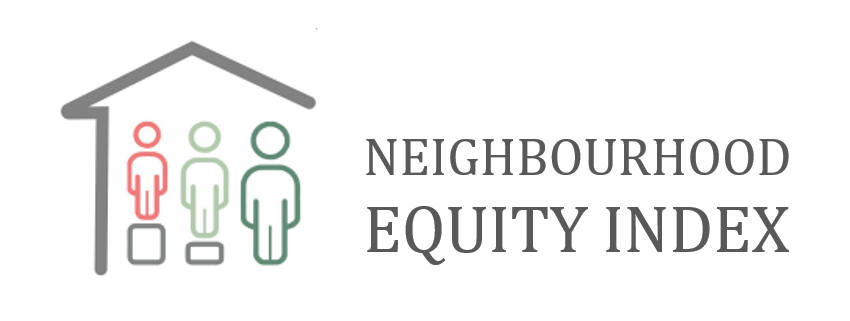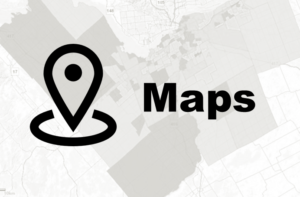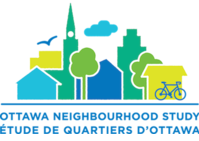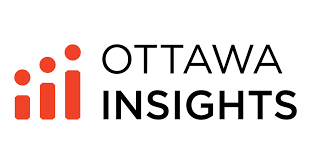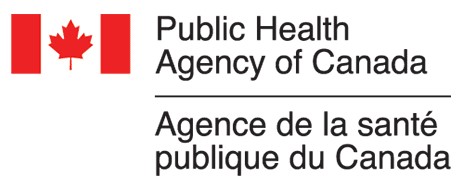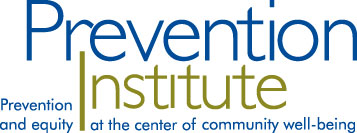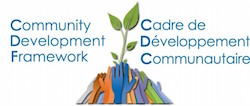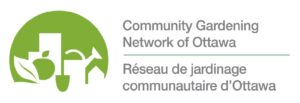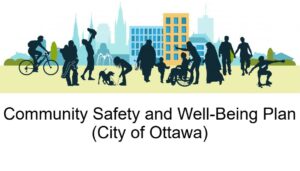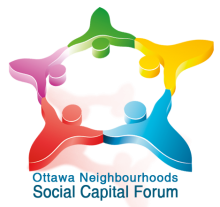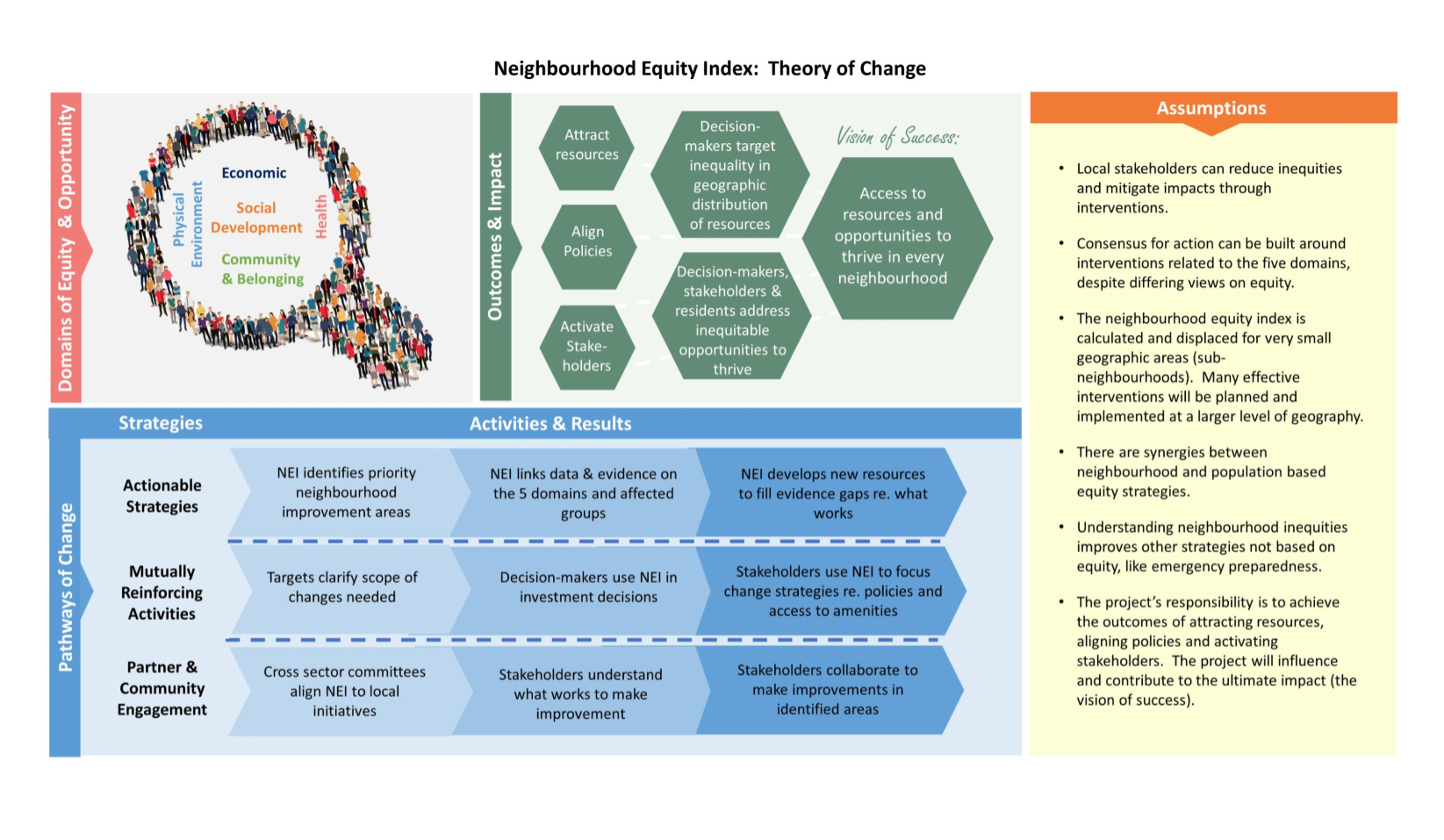The Health Domain
The NEI Population Health Domain reveals health disparities at the level of Ottawa neighbourhoods (census tract level). It ranks Ottawa neighbourhoods on access to diabetes related health services, emergency room visits for mental health and addiction services, and emergency room visits linked to falls among seniors. Through empirically mapping inequity, this NEI domain aims to support decision makers in making evidence-based decisions that can produce a more equitable, stronger, and healthier Ottawa.
The Ottawa NEI Health Domain has three indicators:
Diabetes Related Health Service
Percentage of people aged 20 and over with diabetes related health service.
Data Source: Ottawa Public Health, Cameron McDermaid MHSc
Falls among Seniors
Aged standardized number of hospital discharges with any diagnosis of fall for population 60 years and over.
Data Source: Ottawa Public Health, Cameron McDermaid MHSc
Mental Health
Average Number of ED Mental Health & Substance Use Visits, 2014-2018.
Data Source: Ottawa Public Health, Cameron McDermaid MHSc
Why this domain matters
Health is not only biologically determined but influenced by environmental factors (built environment), economic factors (income and level of education), and social factors (social network and support). Socio-economic status (SES) interacts with each of the aforementioned factors in a multitude of ways determining individual health outcomes. Low-income status can have a detrimental impact on health, increasing hospitalization rates, incidence of diabetes, acute and chronic health issues, and mortality rates. The interaction of place and health cannot be understated, with the health consequence of living in disadvantaged neighbourhoods outweighing individual socio-economic characteristics.
Universal programs can achieve health improvements for some health inequities, such as obesity, alcohol binging and hospitalizations for injuries in children. Other health inequities, such as mental health disorders, substance use disorders, diabetes, and COPD will require targeted programs with particular attention to the needs of specific low-SES populations and/or neighbourhoods 1.
References:
1 Canadian Institute for Health Information. (2008). Reducing Gaps in Health: A Focus on Socio-Economic Status in Urban Canada. In Canadian Institute for Health Information – report.
Maps and Data related to the Health Domain
Featured Resources
REPORT: Health Equity and Social Determinants of Health In Ottawa
Ottawa Public Health, 2016.
Assesses the relationship between health status and income for thirteen health measures.
WEBSITE: The Ottawa Neighbourhood Study
The Ottawa Neighbourhood Study (ONS) provides data on strengths and challenges for each neighbourhood in Ottawa
RESEARCH: Ottawa Public Health's General Population Health Data
Research, Data and Reports by Ottawa Public Health related to population health and socio-demographic data.
DATA: Health & Wellness theme through Ottawa Insights
By the Ottawa Community Foundation
Find data and indicators related to health & wellness in Ottawa.
ONLINE LEARNING: Health Equity
By Public Health Ontario
On line courses, interactive modules, research, data and reports for integrating health equity in health promotion programs and policies.
INFOGRAPHIC: A Health Equity Approach
By the Public Health Agency of Canada
Chief Public Health Officer of Canada's health equity approach
REPORT: What is Health Equity?
By the Robert Wood Johnson Foundation
A report designed to increase consensus around the meaning of health equity by the Robert Wood Johnson Foundation (RWJF).
RESOURCE: Prevention Institute
Health Equity focus area
Initiatives, research, publications, training and other tools and services related to health equity by the Prevention Institute
MAPPING PORTAL: Isolated Seniors and Food Security
By the Social Planning Council of Ottawa
This dashboard is exploring the presence of vulnerable senior populations that could indicate food insecurity and special diet needs.
Neighbourhood Equity in Action: Health Domain
Find out what others are doing to improve health equity in Ottawa. Reach out directly to get involved.
